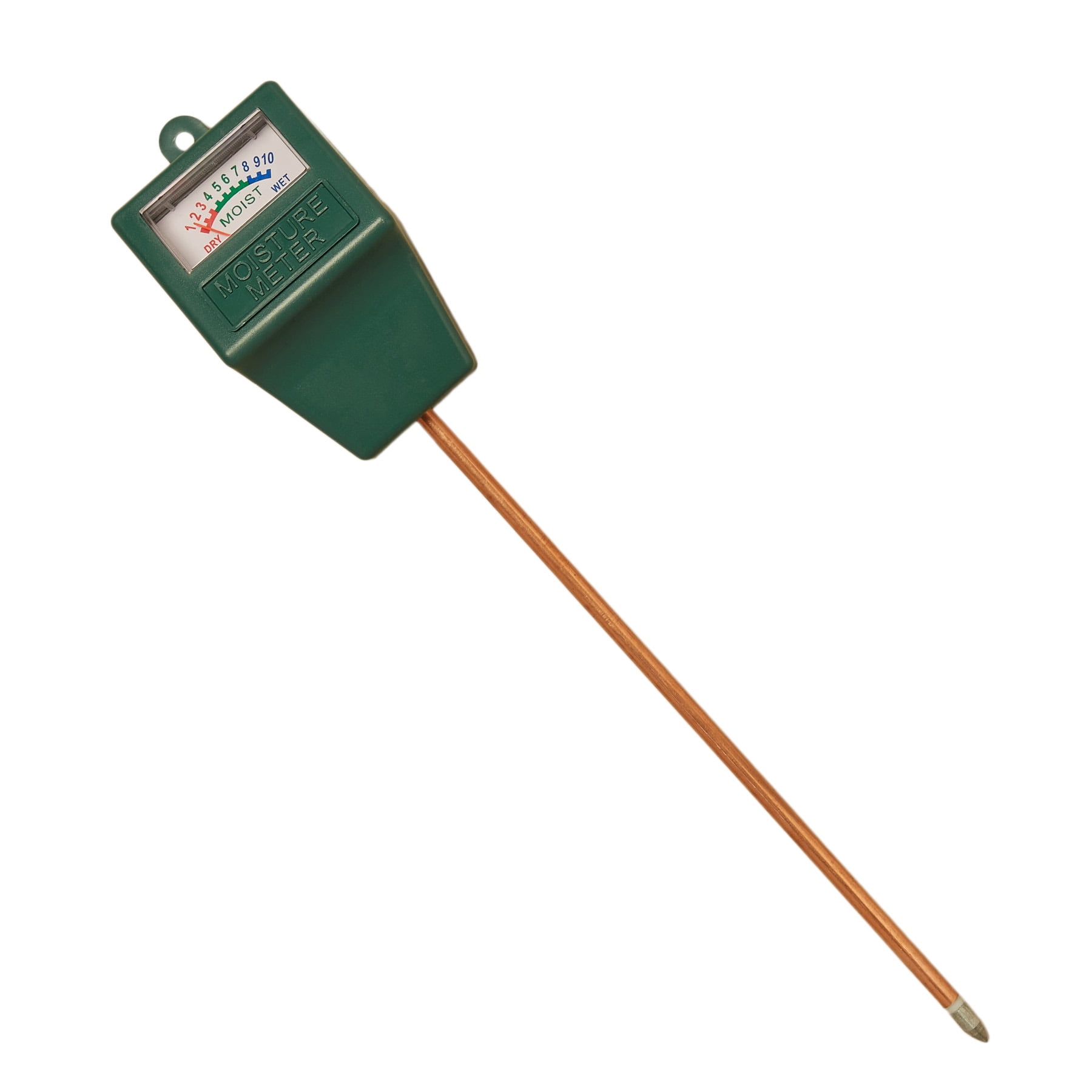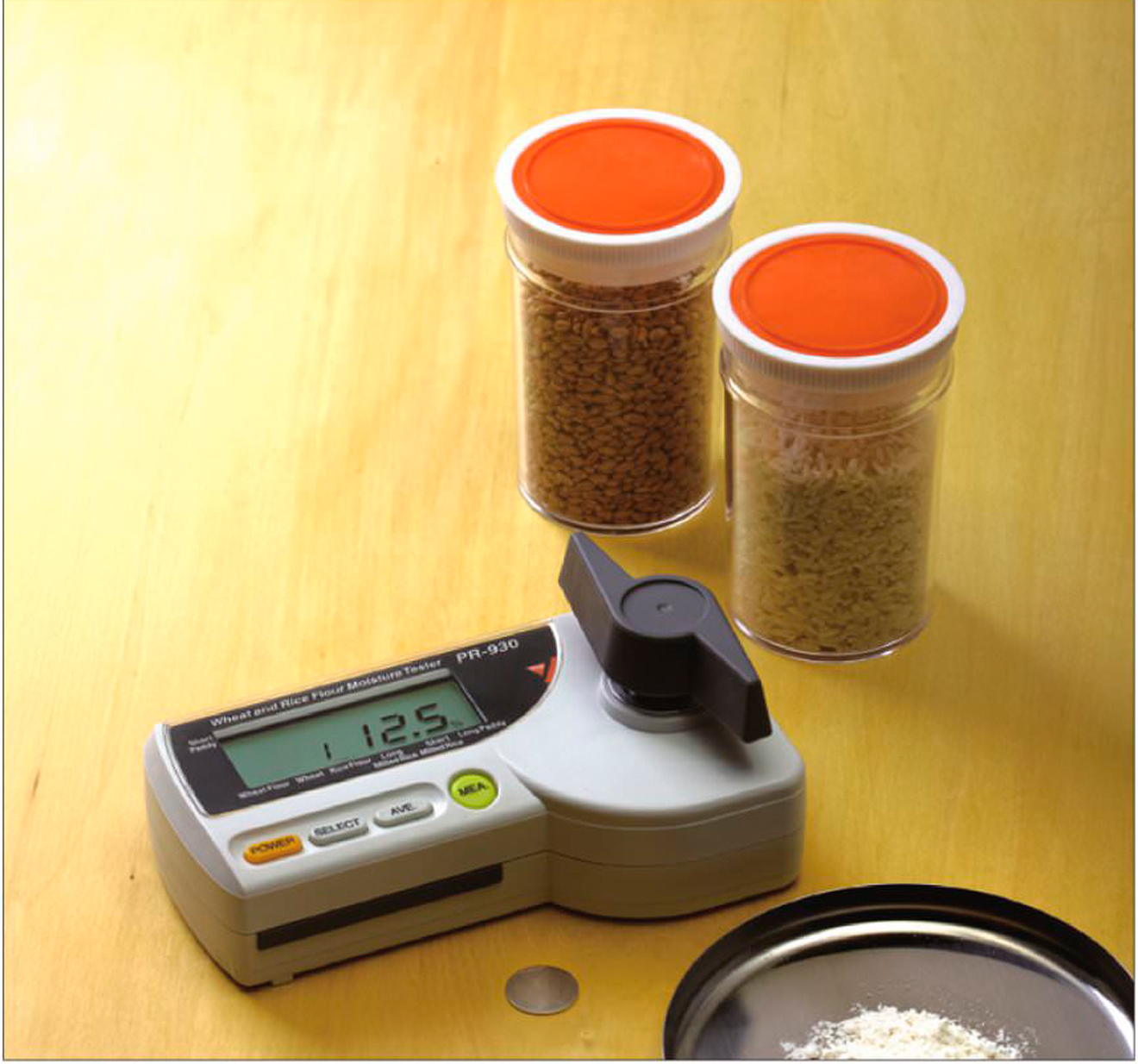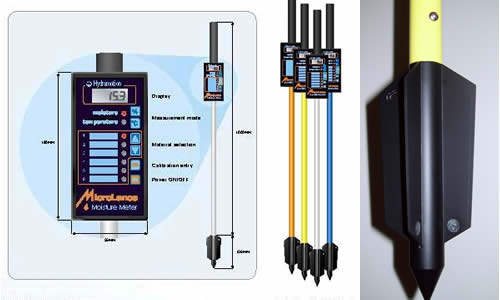Recognizing the Relevance of a Moisture Meter in Avoiding Mold and Water Damage in your house
In the world of home maintenance, the visibility of moisture can commonly be a quiet yet powerful opponent, capable of triggering prevalent mold and mildew growth and perilous water damage if left uncontrolled. Understanding the significance of a dampness meter in this fight is not merely an alternative but a calculated need.
Relevance of Moisture Discovery
Effective dampness discovery approaches are crucial for securing residential properties and protecting against potential mold and mildew growth and water damage. Moisture can seep into various building materials, resulting in structural issues and health and wellness threats. By making use of a dampness meter, home proprietors can proactively recognize locations susceptible to excess moisture, allowing for timely intervention and mitigation approaches.
Moisture meters give accurate readings of dampness degrees in different products such as drywall, concrete, and wood. This data helps in pinpointing areas of concern, even in surprise or hard-to-reach areas. Early detection of moisture buildup enables punctual fixings or modifications to avoid further damages.

Just How Moisture Meters Job
Dampness meters play an essential function in the proactive recognition of excess dampness, aiding in the avoidance of potential mold and mildew development and water damage by providing exact readings of moisture degrees in different structure materials. These devices function based on various principles, relying on their type. Moisture Meter. Pin-type moisture meters, for example, have 2 pins that pass through the material to measure the electric resistance between them. When wetness is present, it improves the material's conductivity, bring about a lower resistance analysis. Pinless moisture meters, on the various other hand, use electro-magnetic sensors to scan the product without triggering damages. These sensors produce electro-magnetic signals that permeate the product and gauge the dielectric residential or commercial properties, showing moisture web content. Some advanced wetness meters pin both combine and pinless innovations for comprehensive wetness discovery. Recognizing exactly how moisture meters feature is vital for timely and precise moisture level evaluations, making it possible for effective preventative steps versus mold and mildew and water damages.
Detecting Early Indication
Upon first evaluation of a property, acknowledging refined indications of excess moisture ends up being critical in the early detection of possible mold growth and water damage. Water spots can signify leaks or seepage, while peeling off paint or wallpaper might be visit this website an outcome of wetness endangering the attachment of these materials to the surface. Furthermore, an increase in allergy signs or respiratory system concerns amongst residents may suggest the existence of mold and mildew due to excess dampness.
Avoiding Mold Growth
Recognizing very early caution indications of excess wetness within a residential or commercial property not only allows timely detection of possible mold growth and water damages however likewise works as an aggressive action in protecting against the expansion of mold. To effectively avoid mold development, it is vital to resolve any resources of wetness quickly. This can consist of dealing with leakages in windows, roof coverings, or pipelines, guaranteeing correct air flow in damp locations like kitchen areas and bathrooms, and using dehumidifiers in high-humidity areas. On a regular basis keeping the residential property and examining's pipes, roofing system, and seamless gutters can also help in stopping water breach that could bring about mold development.
In enhancement to addressing moisture sources, keeping indoor moisture levels below 60% can substantially hinder mold and mildew development. Appropriate air flow, appropriate insulation, and making use of a/c or followers can help regulate indoor humidity degrees. Keeping track of moisture levels in areas prone to dampness, such as cellars and creep rooms, making use of a dampness meter can additionally help in very early discovery of elevated moisture levels and potential mold growth. By taking proactive measures to stop excess moisture and mold growth, homeowners can safeguard their home and indoor air high quality.
Advantages of Routine Tracking
Regular tracking of moisture degrees in a home can play a vital role in keeping a healthy interior atmosphere and stopping potential mold and water damages. By on a regular basis inspecting dampness levels, homeowners can find any concerns immediately and take necessary actions to avoid mold development and water damages. Among the essential advantages of regular tracking is very early detection. read this article By determining and addressing high wetness degrees early, homeowners can step in prior to mold and mildew has the possibility to spread out and create. This proactive strategy can save both money and time in the future by preventing comprehensive mold and mildew remediation and repair work expenses.
In addition, routine monitoring permits house owners to track patterns and patterns in moisture degrees over time. Eventually, the regular tracking of moisture levels equips homeowners to shield their home, protect their health, and protect the integrity of their interior environment.

Conclusion

By utilizing a dampness meter, home owners can proactively determine locations susceptible to excess dampness, permitting for timely intervention and reduction strategies.

Monitoring moisture levels in locations vulnerable to wetness, such as cellars and creep areas, utilizing a wetness meter can likewise aid in very early discovery of raised wetness levels and potential mold and mildew development. (Moisture Meter)
Comments on “The Scientific Research Behind Moisture Meters: Just How They Function and Why They're Crucial”